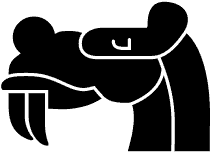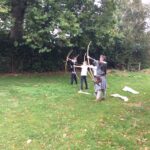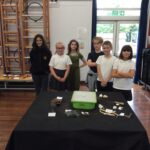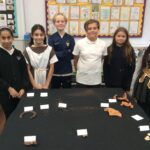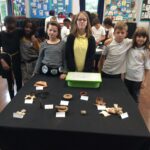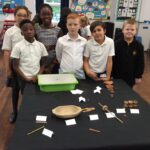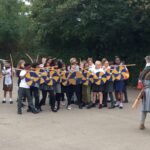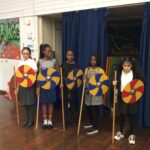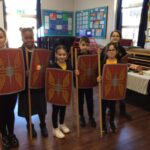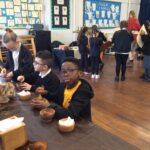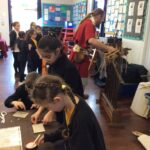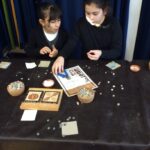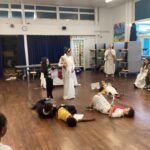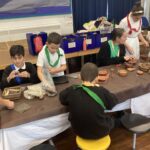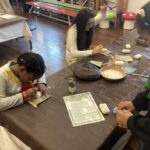Intent
The aim of our history teaching is to stimulate the children’s interest and understanding about the life of people who lived in the past and their impact on how we live today.
We endeavour to teach children a sense of chronology, through a wide range of activities that include visitors to the school, drama, music and carefully chosen school trips to sites of historical significance. Through this they develop a sense of identity and a cultural understanding based on their historical heritage. Thus they learn to value their own and other people’s cultures in modern multicultural Britain and, by considering how people lived in the past, they are better able to make their own life choices today.
In our school, History makes a significant contribution to citizenship education by teaching about how Britain developed as a democratic society. We teach children to understand how events in the past have influenced our lives today; we also teach them to investigate these past events and, by so doing, to develop the skills of chronology, enquiry, analysis and interpretation. By learning about the past, we can better understand the world we live in today and make informed decisions about the impact we have on the future.
Implementation
At Longlands History lessons are informative and engaging in order to inspire pupils to want to know more about the past. We use an enquiry-based approach to explore the past and learn about key time periods. Lessons develop children’s historical skills and knowledge to foster an understanding of the complexity of people’s lives, the process of change, the diversity of societies and relationships between different groups, as well as their own identity. Substantive concepts thread through our long term planning are revisited and under pin teaching and learning. Teachers plan lessons that are progressive and build on prior knowledge by revisiting concepts previously studied.
We ensure that:
- Pupils are taught through a range of topics allowing for connections to be built, different time periods to be compared. This enables them to develop their own historical perspective of the world.
- Pupils are taught using wide range of historical sources to learn about the past and understand methods of historical enquiry and how interpretation of the past are constructed.
- Pupils develop a secure chronological understanding.
- Pupils develop an understanding of substantive concepts such as ’empire’ and ‘civilisation’
- Understand historical concepts such as continuity and change, cause and consequence, similarity, difference and significance, and use them to make connections, draw contrasts, analyse trends, frame historically-valid questions.
- Have knowledge of the past and use this to better understand their identity and the world we live in today
History and Geography curriculum map
- Viking workshop
- Viking workshop
- Viking workshop
- Viking workshop
- Viking workshop
- Viking workshop
- Viking workshop
- Roman workshop
- Roman workshop
- Roman workshop
- Roman workshop
- Roman workshop
- Greek workshop
- Greek workshop
- Greek workshop
